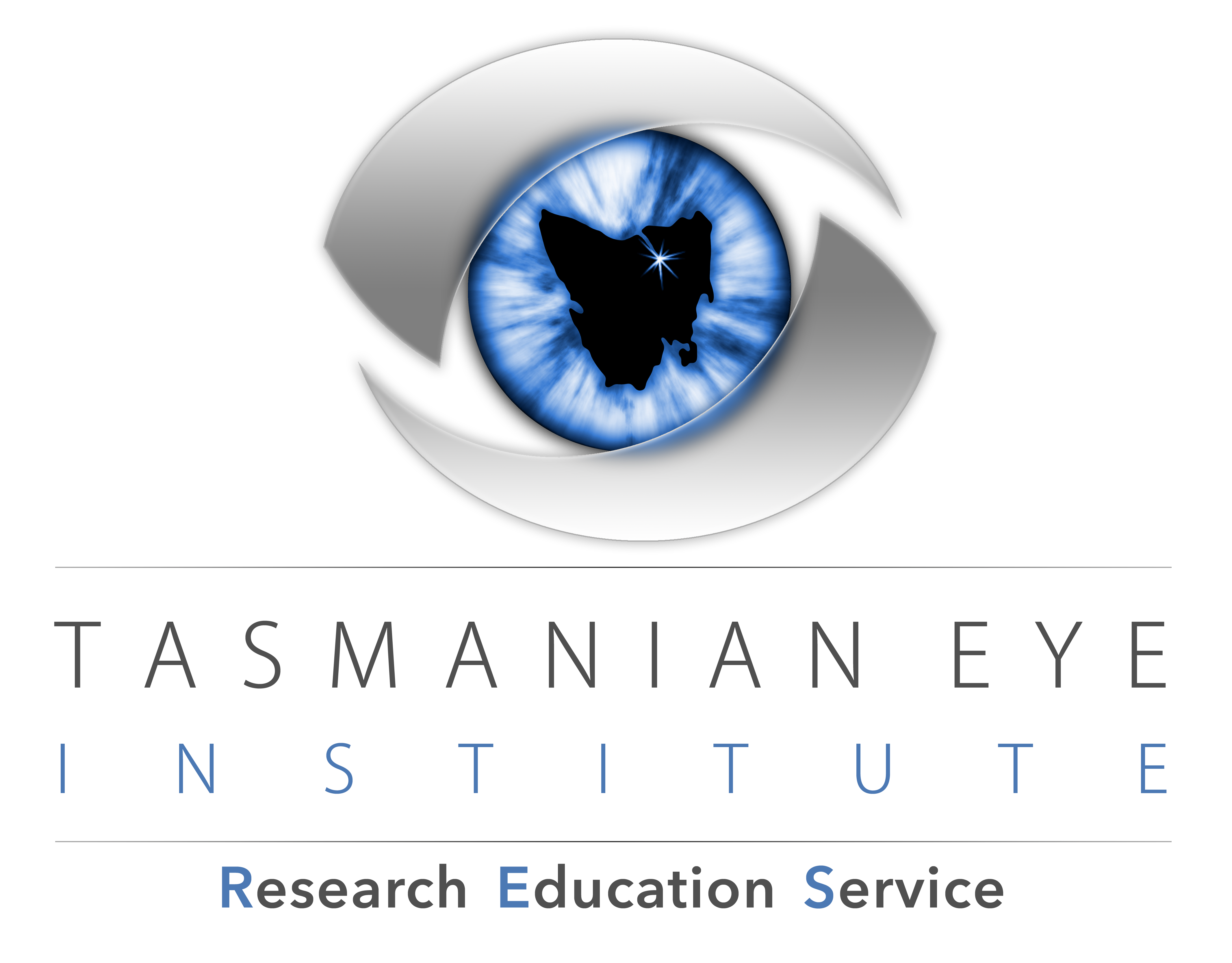Genetic Eye Diseases are collectively the largest causes of irreversible blindness. These blinding diseases have major socioeconomic ramifications, with detrimental consequences for individuals and their families. One of the big problems with existing gene therapies is they are not particularly sophisticated, whereby cells with a dysfunctional or ‘faulty’ gene are bombarded with enough ‘healthy’ copies of the gene, in the hope the cells will incorporate it. That approach has been fairly hit and miss meaning even successful gene therapies are only about 10-15% effective. But the future for gene therapy is bright with game changing technology called CRISPR/Cas mediated gene editing, and its brighter still in Tasmania as we have a world leading ophthalmic genetics expert (Professor Alex Hewitt). We are seeking infrastructure support to establish the first facility in Australia, and the Asia-Pacific region, which is solely dedicated to the production of clinical-grade gene therapeutic products for eye disease. To that end, the Tasmanian Eye institute has secured a suitable site in Lenah Valley and has an approved development application through Hobart City Council.
Correcting the Genetic Code to Eliminate Inherited Causes of Blindness. The genetic code is analogous to recipe instructions. Inherited blinding diseases can develop due to a single mutation, or typographical error. Here an “L” rather than a “K” will result in a dramatically different cake. CRISPR/Cas technology can be used to correct this variant. The combination of CRISPR/Cas and base editor protein is similar to an eraser and pencil. One major limitation with the technology has been that all “L’s” would inadvertently be corrected, which in itself would create other issues. We have identified a unique position to hide the eraser in the pencil to ensure only the target mutation is corrected.


